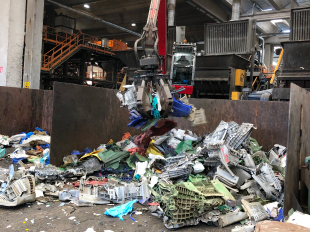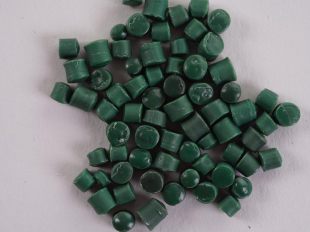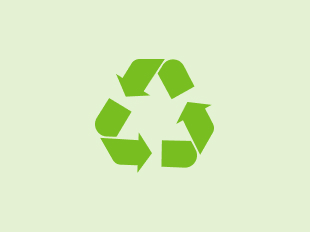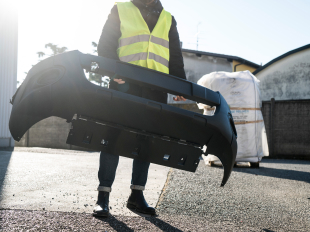NextChem, the Maire Tecnimont Group’s energy transition company, has designed a Green Circular District model which combines various technologies, meeting decarbonisation, increased recycling and reduced incineration and landfill targets.
Waste valorization is an integral part of an energy transition strategy which cannot exclude green chemistry. Through this proposal, NextChem is designing a model for the future that we can build today, using proven technologies and economic sustainability.
NextChem’s Green Circular District lends itself particularly well to green conversion of conventional industrial sites using processes based on the use of fossil fuels, which would be replaced with circular renewable fuels, thereby lowering climate-altering emissions. It is an environmentally, socially and economically sustainable solution.









